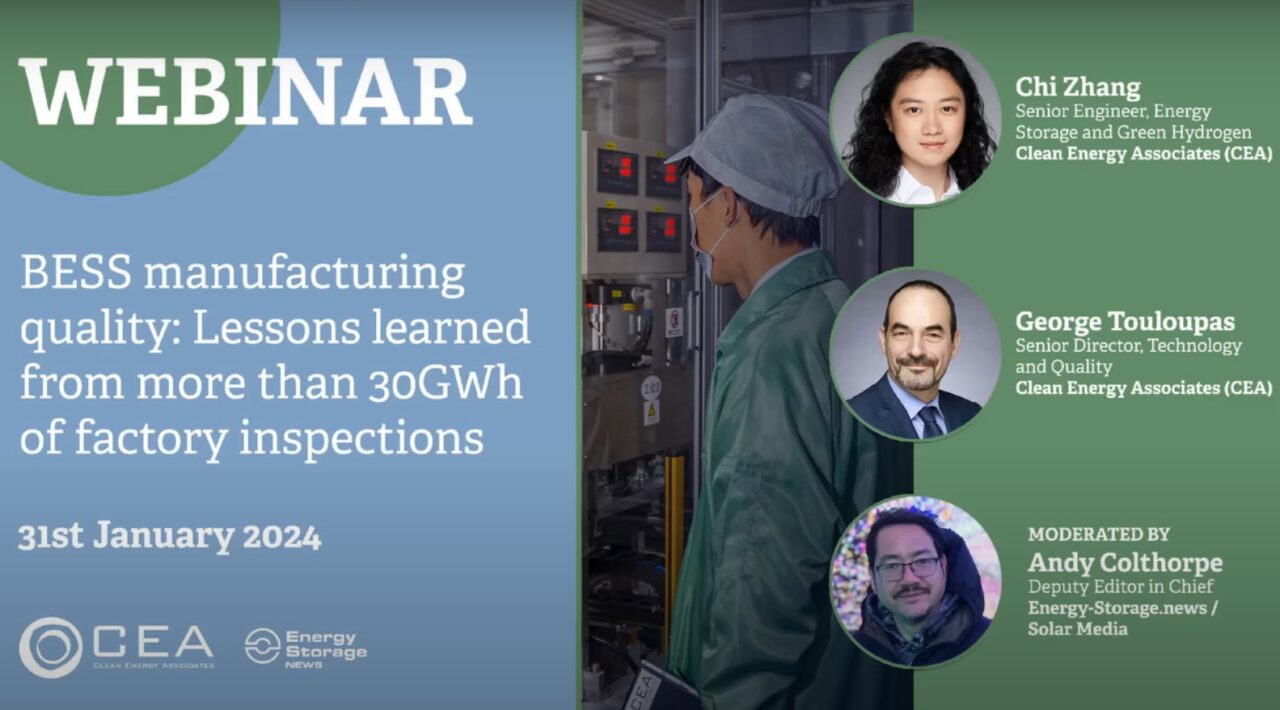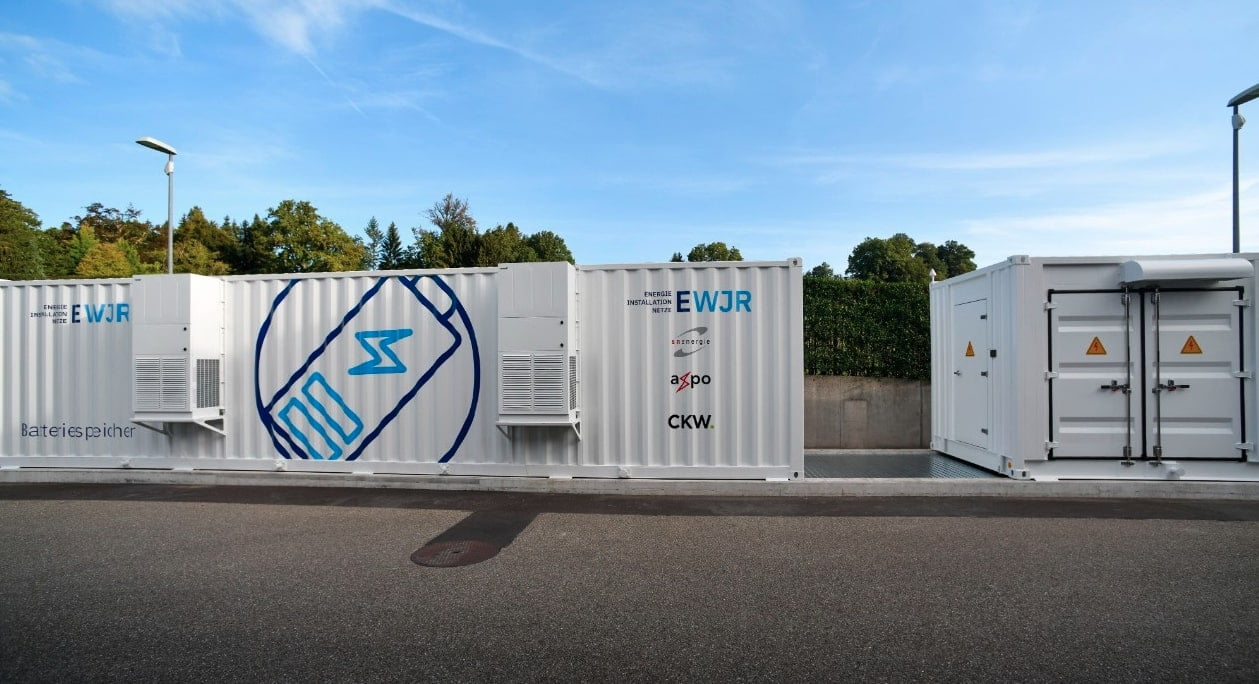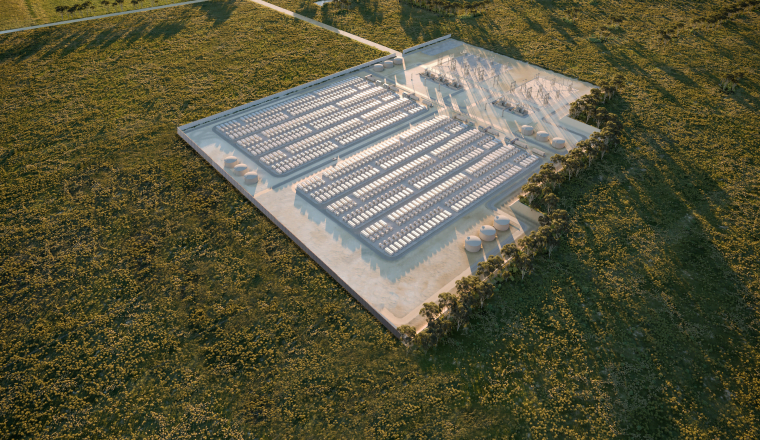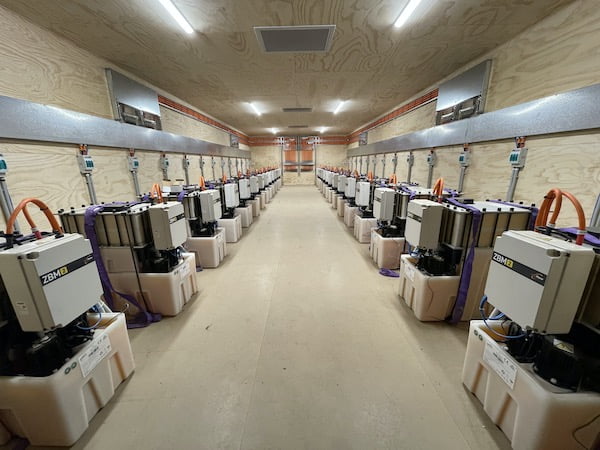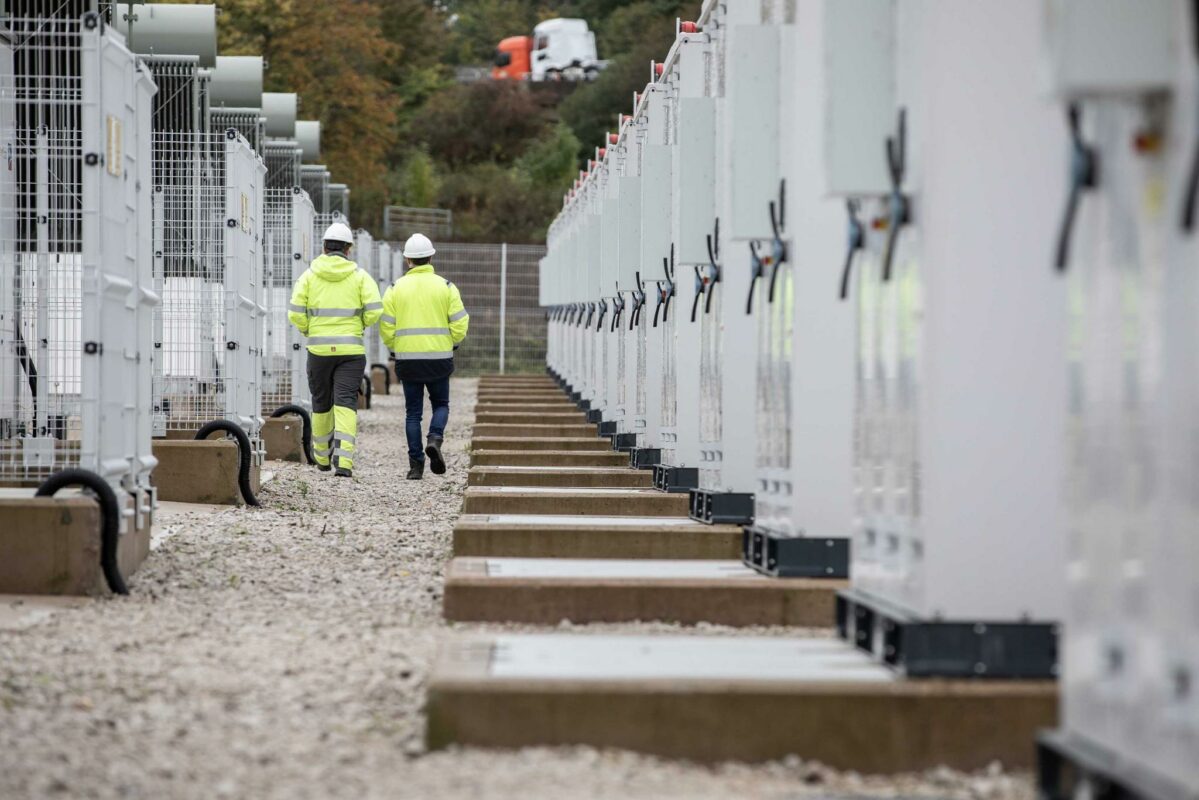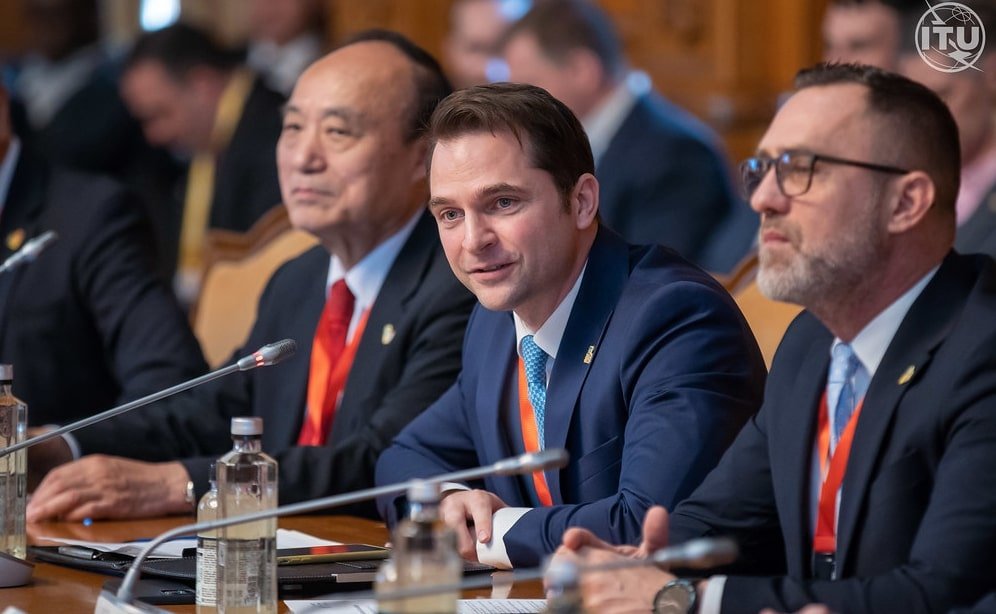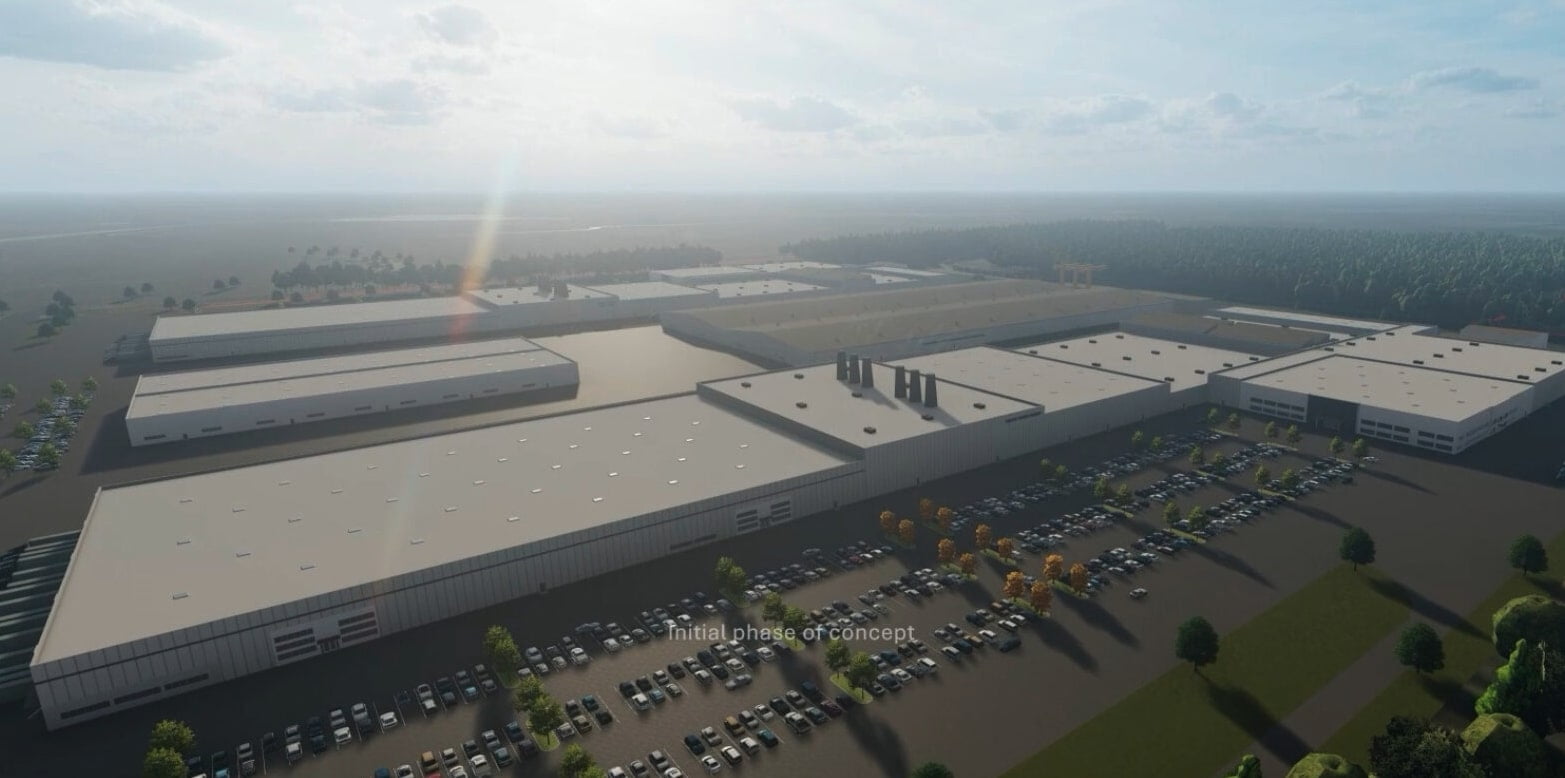According to the latest analysis from our colleagues at Solar Media Market Research, operational capacity in the UK is expected to reach 7.3GW and 11.6GWh by the end of 2024. While its European friends and neighbours are starting to accelerate their efforts, it remains likely the UK market will remain on a strong trajectory, as Solar Media analyst Mollie McCorkindale told us recently.
However, it will likely not have escaped your attention that amid this buildout, battery storage revenues in the UK – or more specifically in the parts of the UK that comprise the Great Britain (GB) grid of England, Scotland and Wales – are in something of a lull.
In October last year, Energy-Storage.news heard from industry sources that while some saturation of the ancillary services markets that had since the market opened in 2016 comprised the bulk of activity and revenues for battery energy storage system (BESS) assets was expected to bite in 2023, the resulting drop in revenues had been sharper than most had anticipated.
This is largely thought to be because as the ancillary services revenues for applications such as frequency regulation dropped, energy trading and arbitrage had been expected to pick up the slack, which for various reasons, has not quite materialised as healthily as many would have liked.
A tale of three listed funds
We are now in the thick of quarterly results and financial updates season for Q1 2024 for most listed companies, which gives the industry a valuable barometer of where the market has been heading and what those companies expect to see in the year ahead.
The London Stock Exchange (LSE) has three pure-play energy storage funds listed on it: Gresham House Energy Storage Fund, Harmony Energy Income Trust, and Gore Street Energy Storage Fund.
Gresham House provided a trading update ahead of its full-year 2023 results release in April, covered by this site on 1 February. The fund said its assets had been exposed to the UK market’s “weak revenue environment”. While its pipeline buildout will progress this year, taking it from 740MW to 1,072MW, it told investors not to expect any fresh project announcements during 2024.
Just a day later, 2 February, Energy-Storage.news reported that Harmony Energy Income Trust too had announced significantly lower revenues in 2023 versus the previous year. Again, this came as part of an update, rather than a full results release, which is expected later this month.
Finally, Gore Street Energy Storage Fund echoed the same sorts of concerns a few days ago regarding the UK market. Gore Street, which has diversified into Texas’ ERCOT, California’s CAISO and the grid-connected BESS markets of Germany and Ireland, said that its international portfolio was the main driver of its “stable revenue and profit profile” that means it may be able to pay a dividend to shareholders where Gresham House may not.
In short, as explained by Gresham House, BESS assets could have a big role to play in the balancing of the GB grid via, appropriately enough, the Balancing Mechanism run by system operator National Grid ESO.
However, due to high skip rates – batteries being overlooked in favour of legacy generation assets, largely natural gas – the Balancing Mechanism (BM) participation of BESS assets remains much lower than it could, and should, be.
‘UK has opportunities to earn revenues throughout the year’
At the Energy Storage Summit EU which will be hosted by our publisher Solar Media in London later this month, it’s likely the current UK environment for BESS revenues and the challenges associated will be major talking points. Or perhaps for some, it might be the elephant in the room to avoid. Either way, it’s the reality.
Does that really matter? Of course, it does in the short and perhaps medium term. It makes everything trickier, especially given the macroeconomic conditions of high inflation and expensive borrowing around the market.
It would certainly not be fair or apt to trivialise that. However, in the grand scheme of things, the GB grid’s fundamental direction is towards higher penetration of renewable energy and higher electricity demand based on increasing electrification of transport, buildings, and heat.
That means the fundamental drivers for energy storage will remain and amplify. National Grid ESO for its part is making changes to accommodate that need.
Our webinar with battery storage optimiser and trader GridBeyond last month, ‘Do higher risks mean higher returns for battery storage investors,’ the conversation between panelists Scott Berrie from GridBeyond, Zenobe Energy head of commercial products Charles Pearce and Fig Power CEO Henry Easterbrook inevitably turned to this topic.
You can watch the webinar in full here via our YouTube channel, or you can register on-demand to also receive Scott’s presentation materials.
Taking the example of ERCOT in Texas, where some assets had made revenues equivalent to several months if not years of forecasted returns in a matter of days as the unregulated market struggled to cope with extreme weather conditions, I asked the assembled panelists what they believed constituted reasonable or realistic revenue expectations for BESS.
“Texas is probably the extreme example but I think it provides a bit of an analogue for the longer-term returns on the battery asset, and clearly when we’re forecasting these we forecast these in a nice smooth sort of long-term trend,” Zenobe’s Pearce said.
“But in reality, you’ll probably start will see more volatility on these prices over the long term, which will average out to that to justify the business investment, hopefully.”
The UK at the moment is “probably seeing a low period of returns,” but Zenobe expects to see the spikes in volatility throughout the course of an investment that justifies the business case, Pearce said.
And while assets in ERCOT may see those occasional revenue jumps that mean big unexpected windfalls, GridBeyond’s Scott Berrie said that participation in ERCOT is also taxing for BESS assets in that availability to respond to those market spikes and signals is critical.
“Availability is very, very key in that [ERCOT] market, that your asset is available to make that money otherwise you’re going to have a very bad year,” Berrie said.
“The good thing about the UK market is because it’s matured, there’s actually opportunity throughout the entirety of the year.”
Fig Power’s Henry Easterbrook meanwhile said that the early days of the UK’s ancillary services boom-driven market could be analogous to ERCOT, the dynamics today are quite different.
The market is skewed due to its continued reliance on natural gas to balance the system, which Easterbrook said: “won’t be the same going forward”.
“Just the availability of an ageing gas fleet and the commercial challenge of building anything new which is going to preclude anything really coming on [to add to that fleet] means there’s going to be a completely different dynamic,” Easterbrook said.
“Batteries will provide some of the services that, historically have been… narrowing spreads that have been closed by gas, will be an opportunity for batteries that we haven’t seen yet.”
Happy Friday!
7 days of ESN Premium
In case you missed them… click the headlines to read the following Energy-Storage.news Premium articles:
The challenges for European lithium-ion gigafactories and the role ESS demand will play
Lawyers from Herbert Smith Freehills discuss the challenges for the nascent European gigafactory ecosystem in light of heavy competition from the US and China, alongside the role that energy storage system (ESS) demand will play.
Resource adequacy: The ‘significant changes’ expected in California’s main driver of utility BESS procurement
Attorney Seth Hilton discusses “a new dynamic for energy storage resources” around resource adequacy in California’s CAISO market.
Higher BESS energy density means additional noise and fire safety considerations
While more energy-dense BESS units mean packing more into smaller footprints, they may have additional implications for noise and fire safety, a developer source told Energy-Storage.news.
Wärtsilä sees ‘favourable demand environment’ for energy storage as strategic review continues
Wärtsilä’s energy storage division saw a 20% year-on-year increase in sales and a 31% increase in order intake from 2022 to 2023, with the company board in mid-consideration of the business unit’s future.
Netherlands’ largest BESS owner SemperPower on commercial model, grid and development challenges
We catch up with SemperPower, developer and owner of the two largest BESS projects in the Netherlands, discussing its commercial model, challenges, grid, regulations and more.
Continue reading


